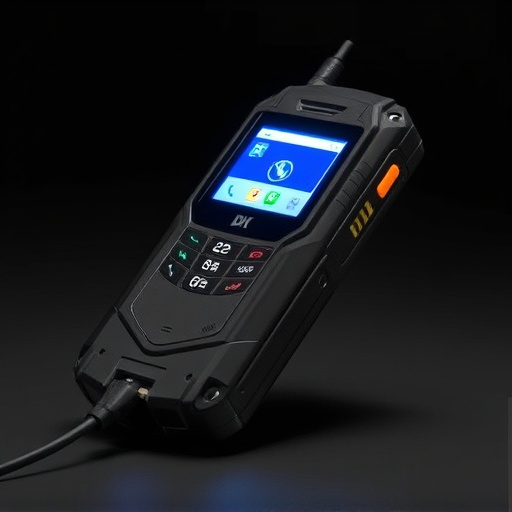The rise of stun guns disguised as cell phones has created a serious public safety concern, challenging law enforcement and security with their hidden nature. While metal detectors have limitations in detecting non-metallic devices, advancements such as thermal imaging and AI image recognition offer improved screening. The future looks toward wearable tech and material science breakthroughs for real-time alerts, aiming to restrict unauthorized weapon access in high-security areas. Balancing concealed carry rights and public safety requires a combination of these detection methods and officer training.
In today’s digital age, innovative yet concerning devices have emerged—stun guns disguised as everyday items, particularly cell phones. This trend raises critical questions about concealed weapon detection. Our article delves into the rise of these undetectable stun guns, exploring current detection technologies and their limitations. We analyze the implications for law enforcement and propose potential solutions to address this growing concern, examining future prospects for enhancing security measures.
- The Rise of Stun Guns Disguised as Cell Phones
- Detection Challenges and Current Technologies
- Concerns and Implications for Law Enforcement
- Potential Solutions and Future Prospects
The Rise of Stun Guns Disguised as Cell Phones
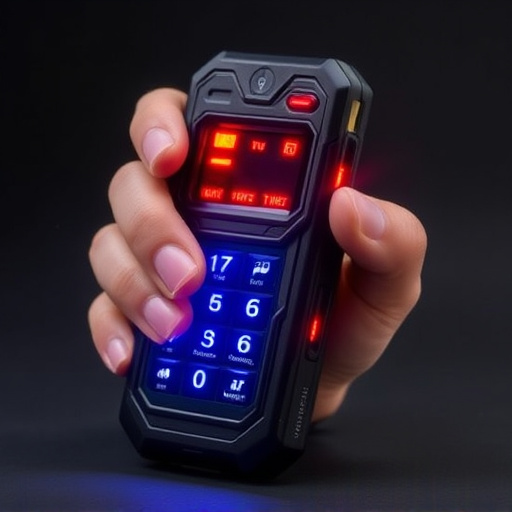
In recent years, there has been an alarming trend in the evolution of personal defense devices—the rise of stun guns disguised as cell phones. These innovative yet concerning innovations raise critical questions about concealed weapon detection and public safety. As technology advances, so do the methods used to protect oneself, with stun guns now taking on unassuming forms, blending seamlessly into everyday items like mobile devices.
The design of a stun gun that looks like a cell phone offers both convenience and stealth. With its compact size and familiar aesthetic, it can easily be carried without drawing attention in crowded spaces or during travel. However, this blend between functionality and defense presents challenges for law enforcement and security personnel tasked with identifying these weapons. The need to detect such devices has become increasingly vital as they raise concerns about potential misuse and the impact on public spaces.
Detection Challenges and Current Technologies
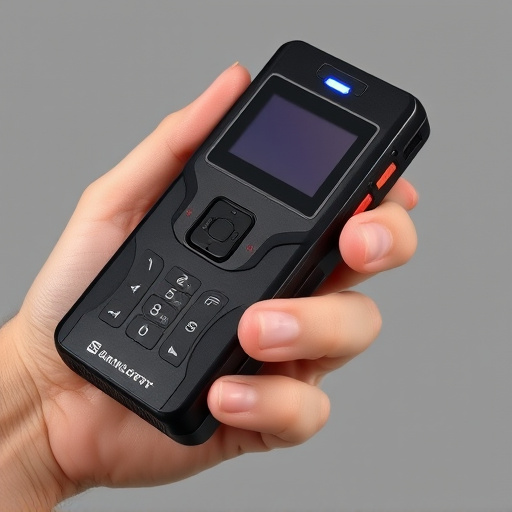
Detection challenges arise from the diverse range of stun guns on the market, many designed to mimic everyday objects like flashlights or even cell phones that look like stun guns but lack the distinctive features of their intended weapons. This poses a complex problem for security personnel as they need to identify these concealed devices accurately and swiftly.
Current technologies employed in stun gun detection include advanced metal detectors and specialized imaging equipment. Metal detectors, while effective against traditional metal objects, struggle with modern stun guns made from non-metallic materials. Specialized imaging techniques, such as X-ray or thermal scanning, offer more promise but are not always accessible or practical for routine security checks due to cost, size, and privacy concerns.
Concerns and Implications for Law Enforcement
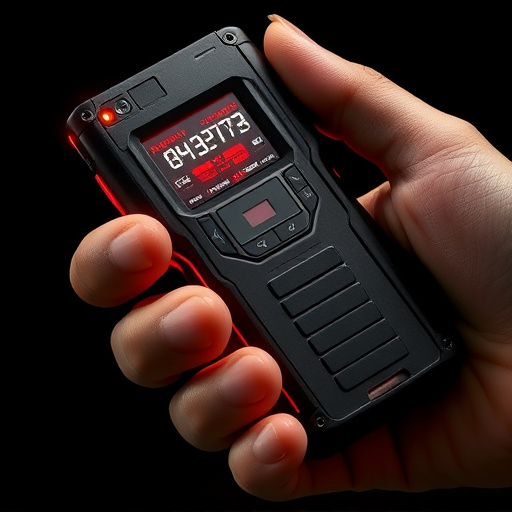
The rise in concealed weapon carrying, including stun guns disguised as cell phones, presents unique challenges for law enforcement. While these devices offer personal safety benefits, their growing prevalence raises concerns about potential misuse and accidental detection. Traditional metal detectors often fail to identify stun guns that look like everyday mobile phones, leading to false sense of security or, worse, missed opportunities to prevent crimes. This is especially problematic in high-security areas where unauthorized access must be strictly controlled.
Implications for law enforcement include the need for advanced screening technologies and enhanced training. Officers must be equipped with the knowledge and tools to accurately identify stun guns integrated into everyday objects, ensuring public safety without infringing upon legal concealed carry rights. Effective strategies may involve combining metal detectors with advanced imaging technology and promoting awareness among both law enforcement personnel and the general public about these innovative but potentially dangerous devices.
Potential Solutions and Future Prospects
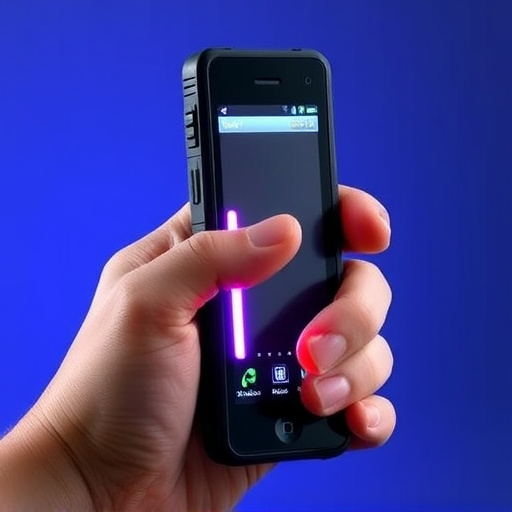
Potential solutions to detect concealed stun guns, such as those disguised as cell phones, include advanced scanning technologies and improved training for security personnel. Technologies like advanced metal detectors, thermal imaging cameras, and even AI-powered image recognition systems can aid in identifying unusual objects under clothing. These tools can quickly scan individuals at various checkpoints, ensuring a more efficient and thorough screening process without causing significant delays.
Looking ahead, the future of stun gun detection may involve innovative wearable devices and advanced material science. Researchers are exploring materials that can identify changes in electrical conductivity or heat signatures when a stun gun is deployed, offering real-time alerts to security personnel. Additionally, integrating these detection methods into existing security systems could enhance overall safety, making it more challenging for individuals to bring concealed weapons onto restricted premises.
As the use of stun guns disguised as cell phones continues to rise, it’s clear that existing detection methods face significant challenges. The intersection of personal safety and privacy poses complex concerns for law enforcement. While current technologies offer some solutions, they are not foolproof. To ensure public safety, future innovations must focus on enhancing detection capabilities while addressing ethical considerations. By investing in advanced technology and promoting awareness, we can mitigate the risks associated with these concealed devices.
